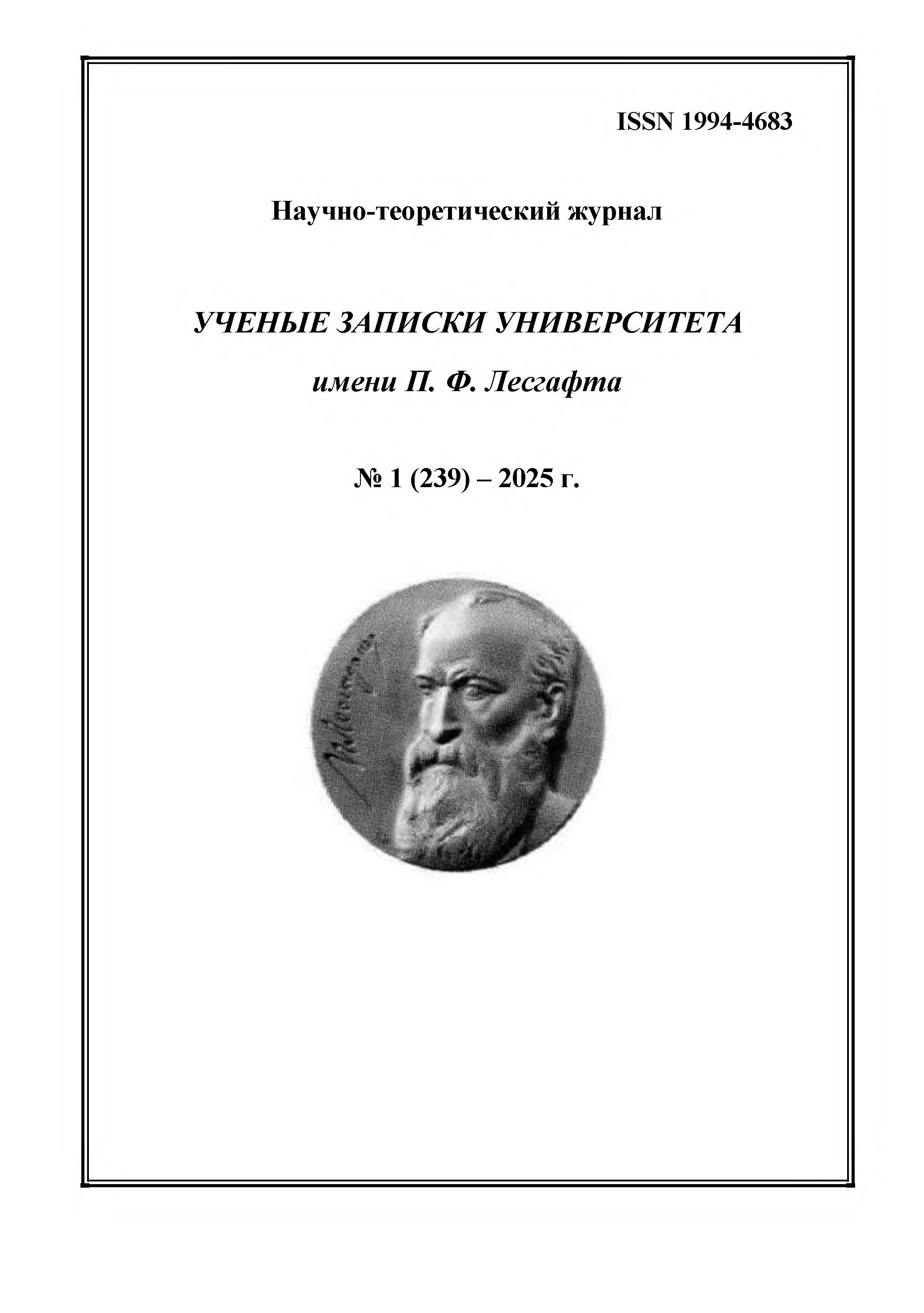from 01.01.2009 to 01.01.2025
Smolensk, Smolensk, Russian Federation
employee
Samara, Samara, Russian Federation
CSCSTI 77.29
The article proposes a new approach to the consideration of the game space in terms of topology. Due to the fact that the game space is considered in a geometric context with a clear identification of dynamically transforming spatial forms of organizing game actions (rhombuses, lines, blocks, triangles), it becomes necessary to search for approaches in which the mutual arrangement and ratio of parts (topology), rather than discrete metric characteristics (size, exact position, distance). Concepts such as spatial connectivity, circulation, topological grid, tile can be considered as innovative methodological tools, as well as act as "semantic routes" or "semantic field" within which players organize individual actions.
football, game space, topological space, homeomorphism, topological grid, graph
1. Bernstein N. A. (1990), "Physiology of movements and activity", Nauka, Moscow, 495 p.
2. Vasiliev O. S. (2004), “Motion in space, the space of motion and the geometric image of motion: the experience of a topological approach”, Theory and practice of physical culture, No. 3, pp. 13–21.
3. Chernetsov M. M. (2023), “Features of tactical thinking of highly qualified coaches”, Modern aspects of sports training in football, materials of the All-Russian scientific and practical conference with international participation, RUS "GTSOLIFK", M., pp. 177–180.
4. Polubichenko L. V. (2017), “Topological paradigm of humanitarian knowledge: myth or reality?”, Bulletin of the Moscow University, Series 19: Linguistics and Intercultural Communication, No. 4, pp. 102–118.
5. Alekseev V. E., Zakharova, D. V. (2017), “Graph theory”, Lobachevsky National Research University, Nizhny Novgorod, 119 p.
6. Tsvetkov V. (2016) “Tile representation of spatial information”, International Journal of Applied and Fundamental Research, No. 10, pp. 670–671.






